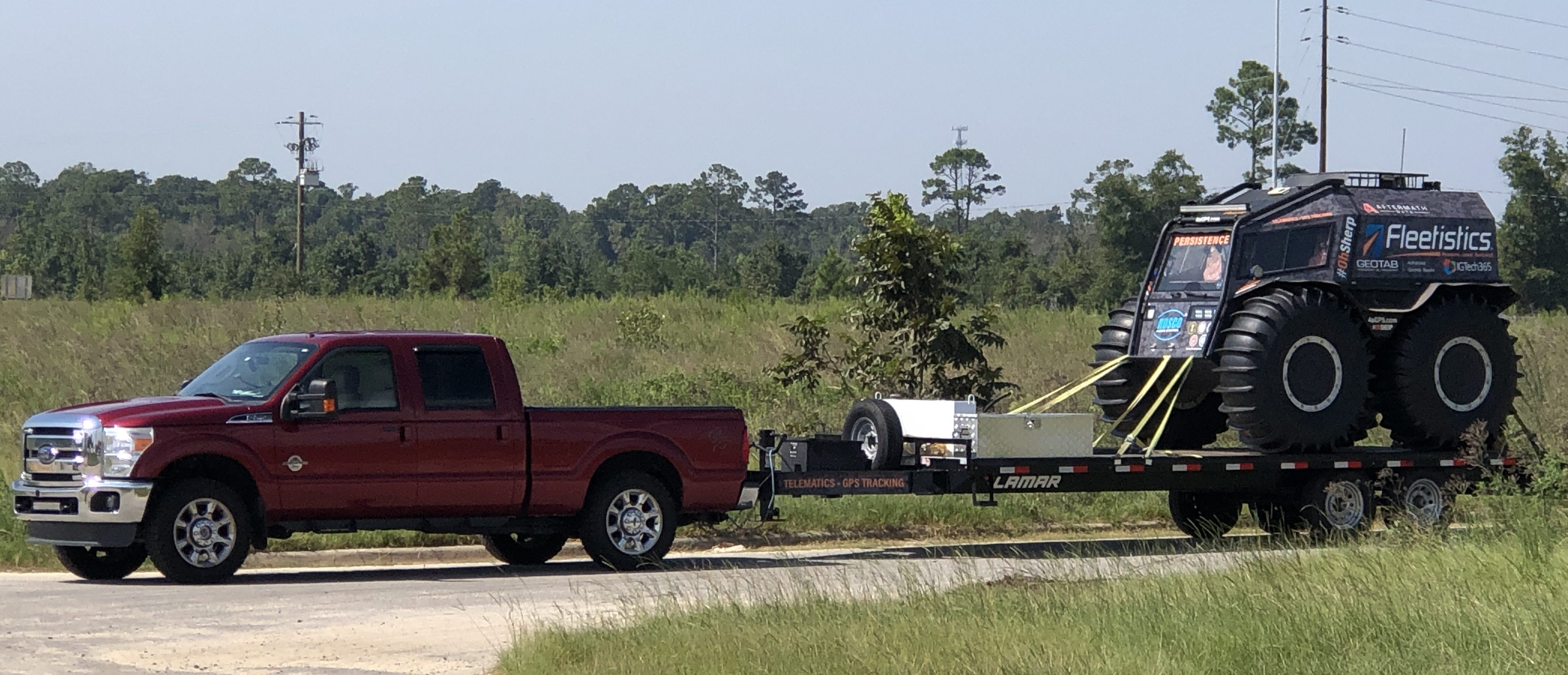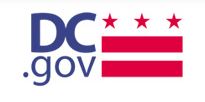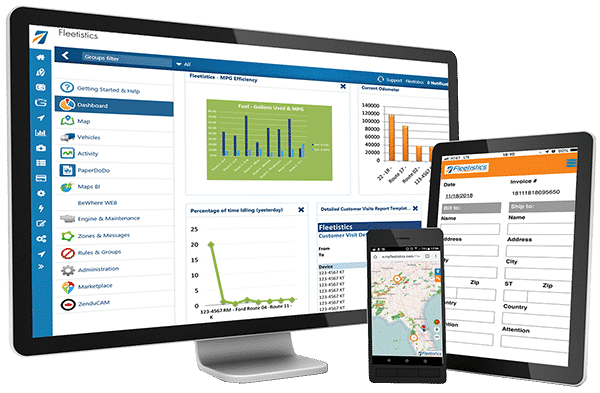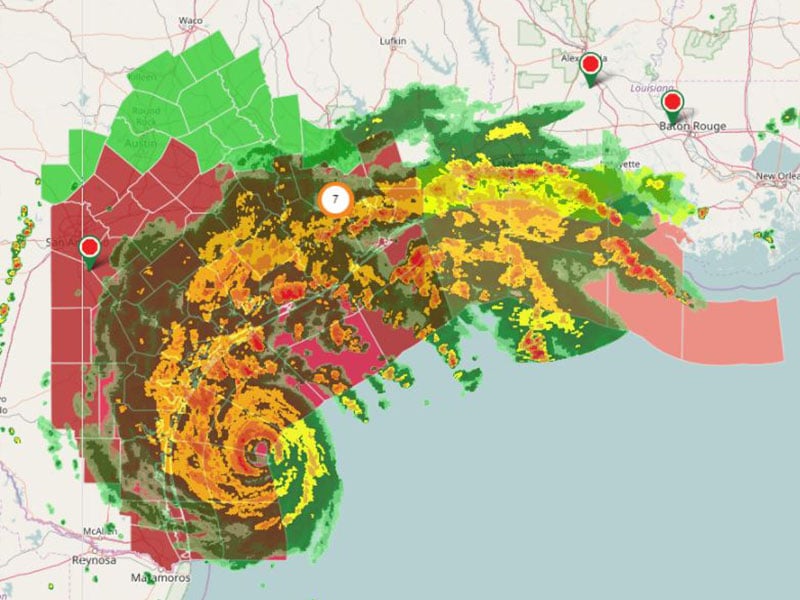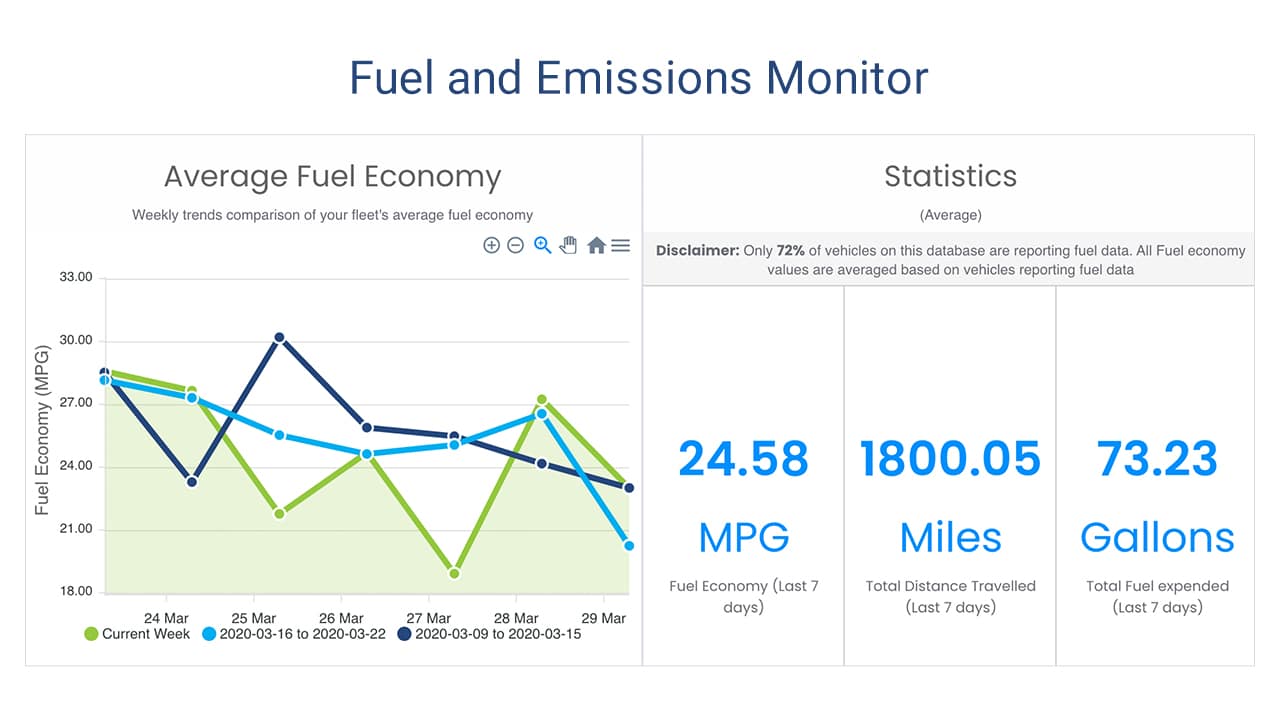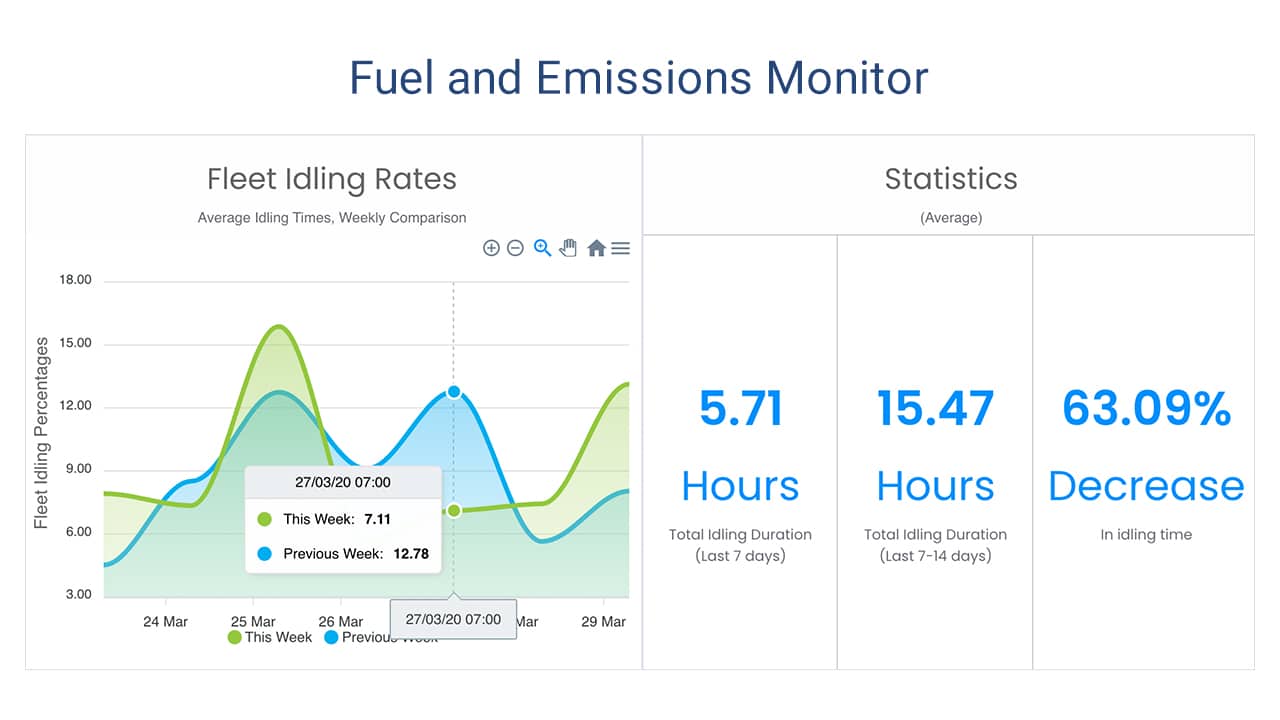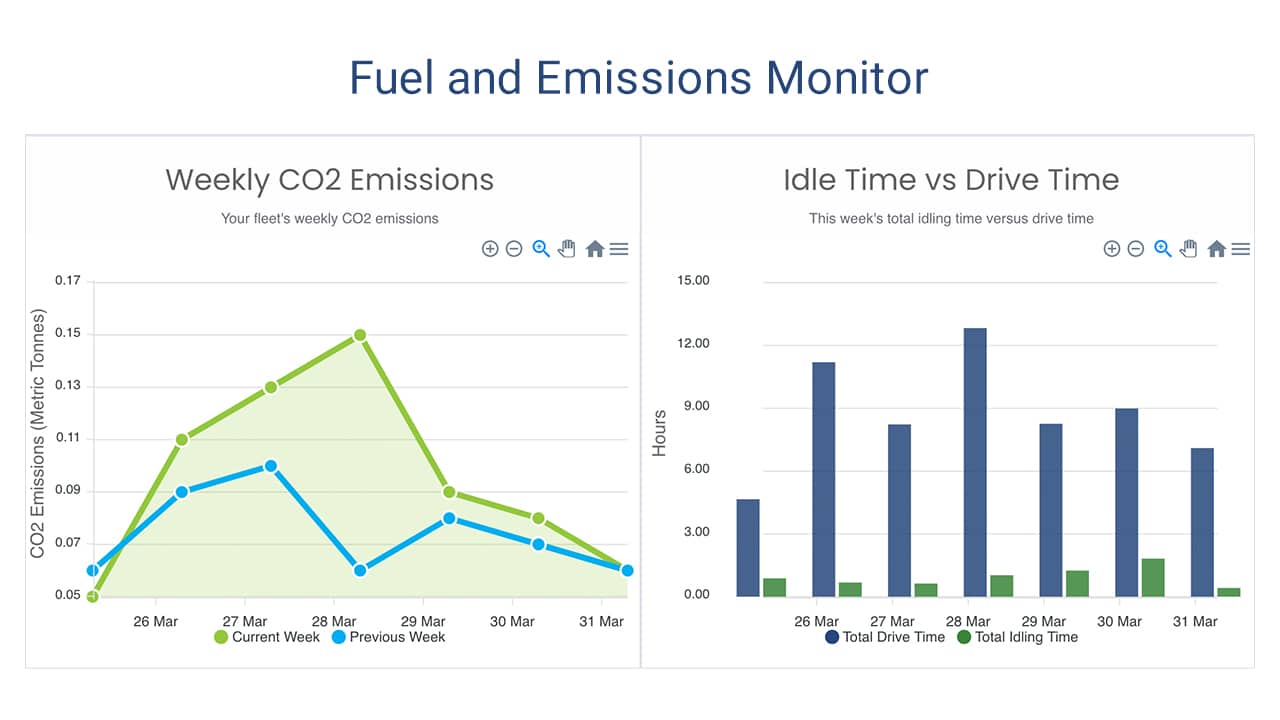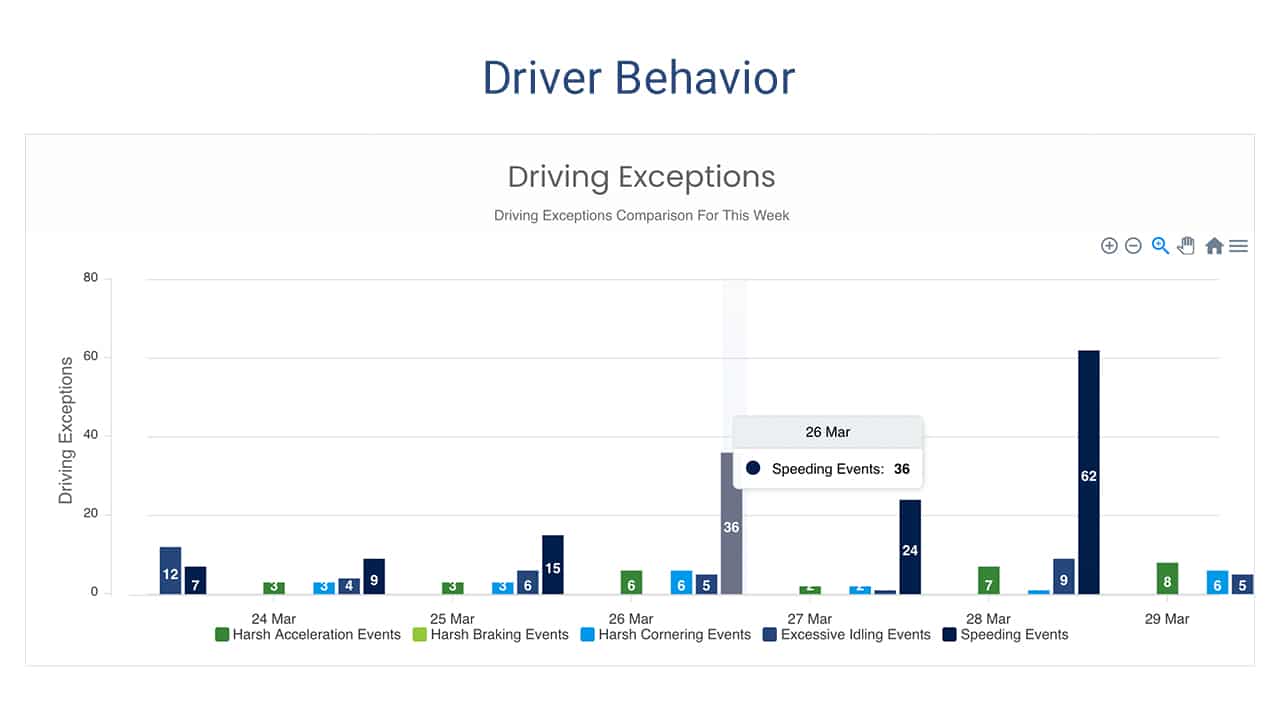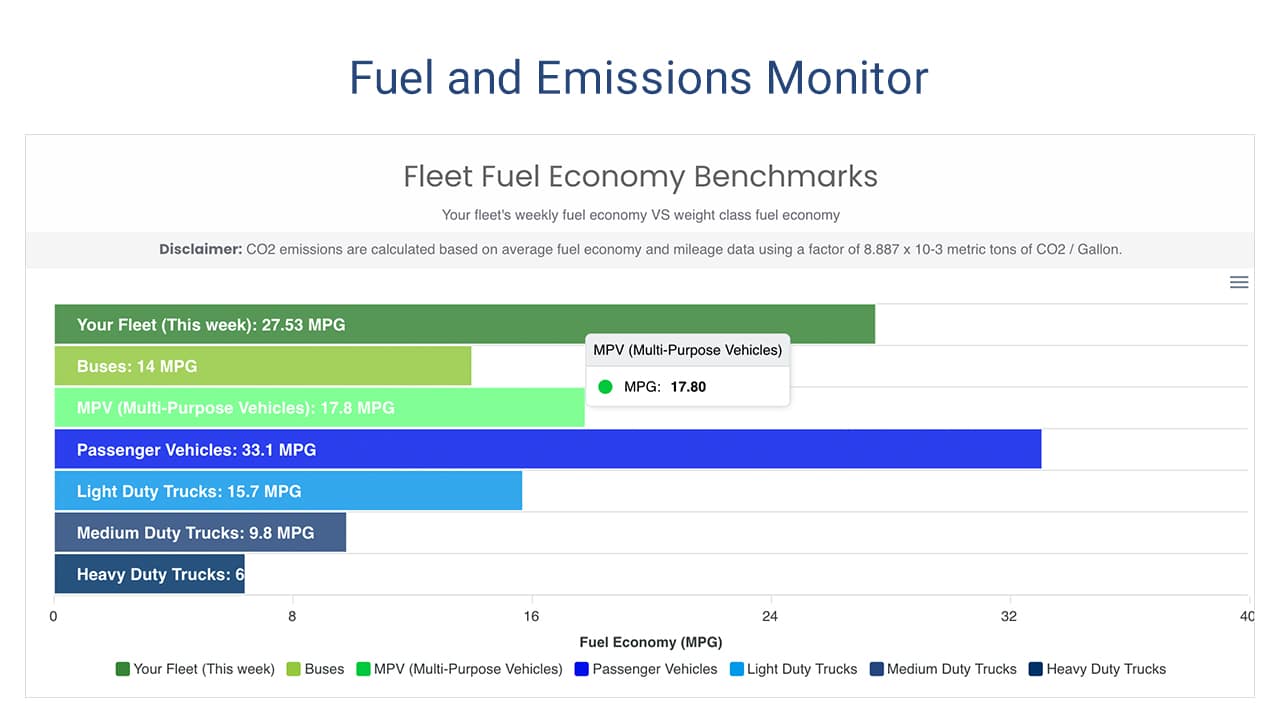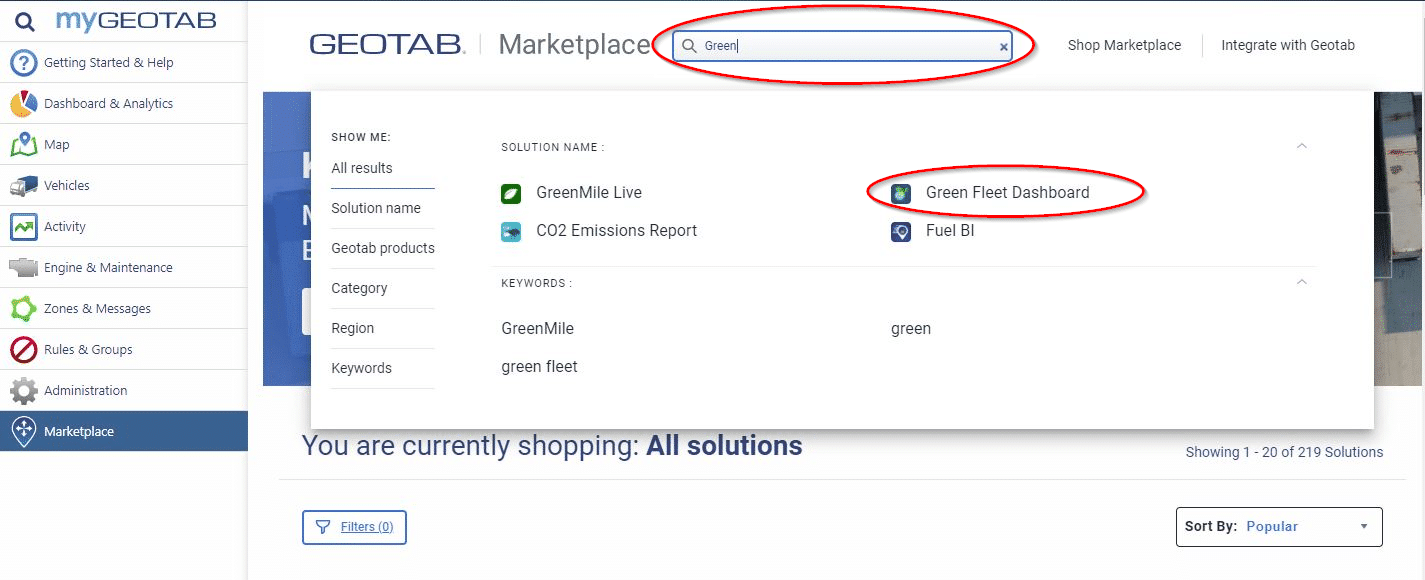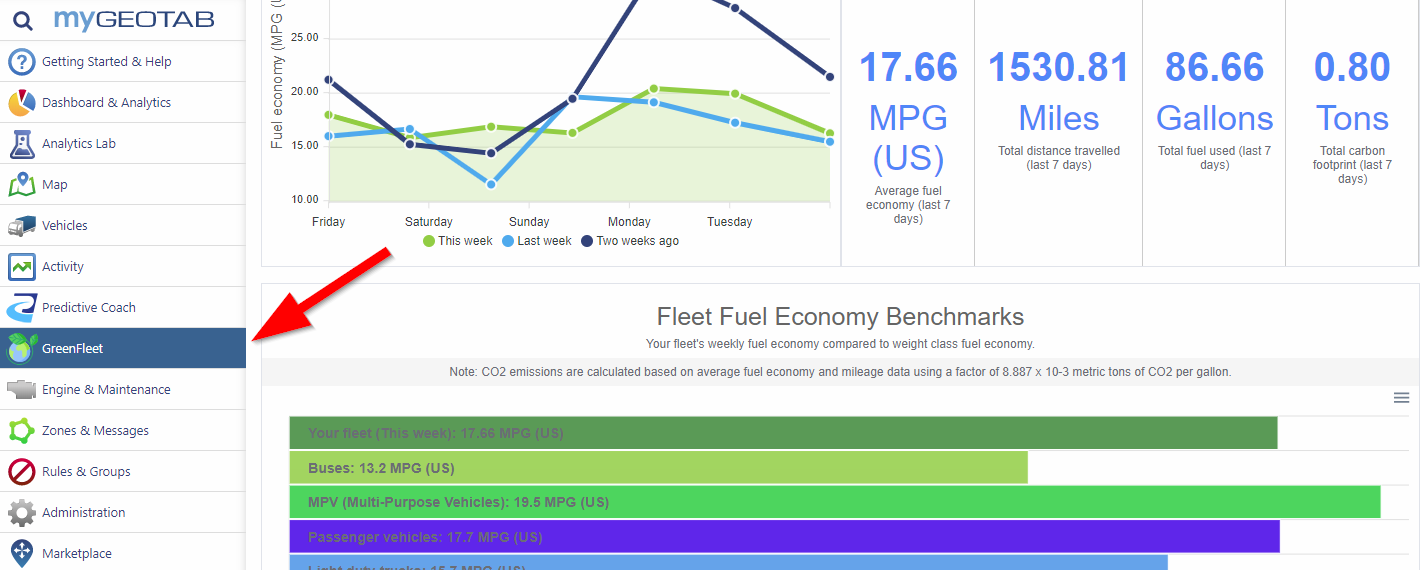Trailer Load Balancing
Trailer Load Balancing For Safety
Trailer load balancing is important to understand because it is crucial to achieving a properly loaded trailer. We have all seen an overloaded trailer rolling down the highway at some point. Tree trucks, roofing materials, carpets, rock or tile and large boats all come to mind for unsafe trailer loading. Always remember, balance will make a huge difference in vehicle safety and stability and the end result is a safer, more comfortable ride.
Be safer by training employees to ensure properly loaded trailers.
Unbalanced loads are listed as the #3 towing risk according to the popular website How Stuff Works. The #1 towing risk cited is swaying. Sway primarily happens because of poor trailer load balance, so if you plan to tow, learn what you need to know about trailer load balance before you load.
This dramatic video shows the importance of properly trailer load balancing. The effect of placing the majority of the load behind the trailer axle can dramatically impact handling. One might think that putting the load forward of the trailer tires would spread the load between the trailer and the truck but the impact on steering handling is a dangerous consequence.
The video is great continuing education content and is only a few minutes long. It is a real eye opener to the impact of improper loading. At the same time you can review trailer inspections, tongue weight, DOT regulations and maintenance.
Learn more about GPS trailer tracking

